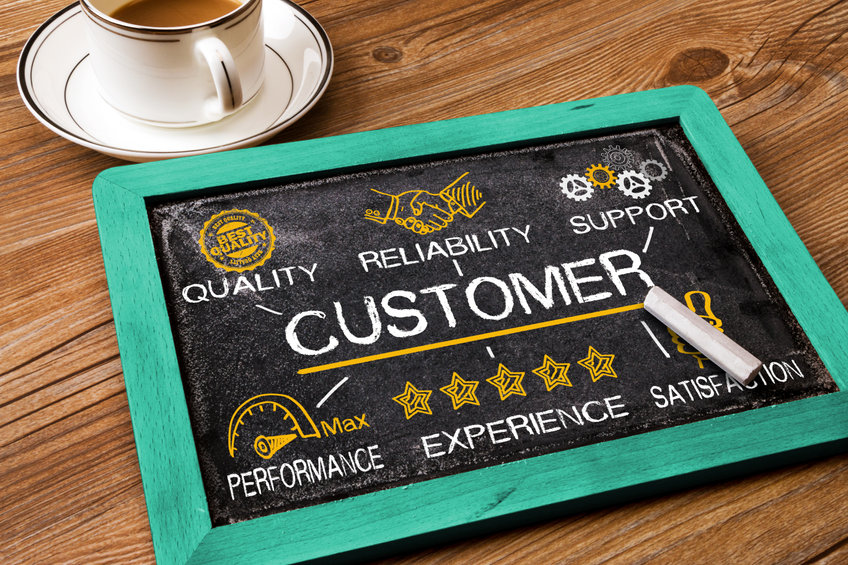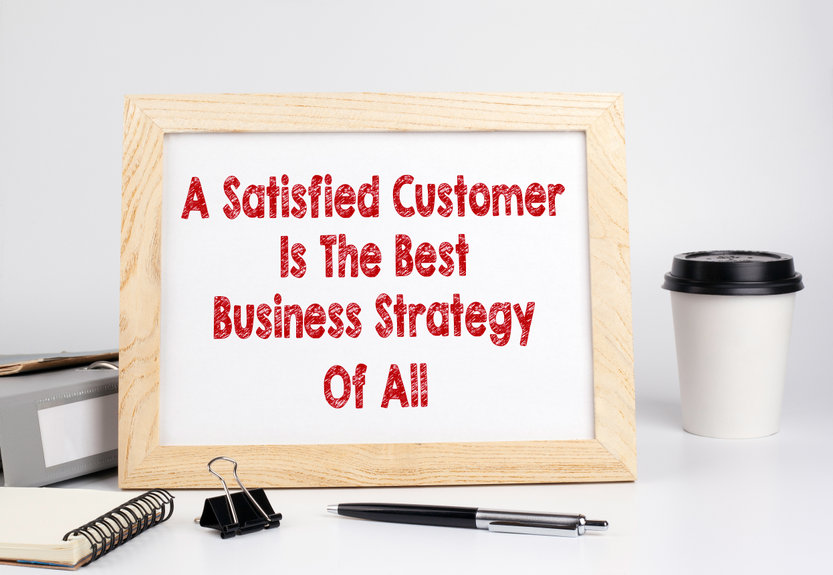
Did you know that 65 percent of a company’s business comes from existing customers? In fact, the probability of selling to an existing customer is 60-70 percent, while the probability of selling to a new prospect is between five and 20 percent. With statistics like that, it’s no wonder why enhancing customer engagement plays a key role in business growth.
How to Boost Customer Engagement

Customer behavior and expectations are always changing. In today’s customer-centric marketplace, engagement is about building trust and creating seamless experiences. Here are five ways to increase loyalty, deepen relationships and expand growth opportunities with current and inactive customers.
- Start with a stellar value proposition. A value proposition is one of the most important first steps for building engagement. It is a promise of the value you deliver to your customers. Think of it as the North Star for every customer-facing message. A successful value proposition explains how your products and services solve customers’ problems, what specific benefits you deliver and what makes you different from and better than the competition. Your audience should be able to read and understand your value proposition in five seconds or less. In Higher Logic’s “What’s Next for Associations?” webinar series, Tom Morrison shares that it’s all above solving challenges. “That’s what value propositions really do: Solve problems for the largest pain points,” Morrison says. “Because guess what? If you solve those problems, your members will never want to leave.” The same is true for customers.
- Maintain consistent communications through the platforms your clients/customers access. Thoughtful, strategic and consistent communications help your audiences to understand who you are, what you do and why they should do business with you. That’s why consistency and transparency are key. Seek to understand your stakeholders and the communication channels they prefer. These channels could include digital newsletters, email, social media, press releases, webinars, podcasts or by simply picking up the phone and checking in. Surveys, polls, data collection and subsequent analysis can provide helpful insights to greatly improve the efficacy of messaging.
- Create a loyalty program. Loyalty benefits can shape a meaningful customer experience and encourage customers to return again and again. Loyalty programs reward long-standing customers with perks, early access, incentives or exclusive discounts on new products, services, bundles, education or events. Other loyalty benefits include promotional programs, regular performance reviews and check-ins, price guarantees or assurance and recognition. Creating a loyalty program shows appreciation, earns trust and encourages customers to continue buying from you.
- Create a resource library. A comprehensive collection of resources that reflects your thought leadership gives customers a familiar place to find relevant and valuable information that interests them and is important to them. Resources can range in length and format to meet various needs. Consider content such as blogs, white papers, video, ebooks, infographics, case studies and testimonials. Regularly update and maintain your resource library on your website to be sure customers have easy access to the information that allows them to find answers to their questions, whenever they need them. Make certain your resources are organized, easy to find, accessible and provide the most current information available.
- Build a community. By compounding the above steps, you will garner an audience and customer base that engages with your company and associated thought leadership. The next step: initiate engagement within your audience and connections. Create a digital space to broaden connections across your customer base and other relevant networks. Beth Arritt of Higher Logic advises, “An online community brings your members together in a central location where they can network with peers, help each other solve problems, find mentorship, access resources, and more. Communities also break down the traditional one-way exchange of information from you to your members by allowing you to hear what they have to say organically. Every conversation and interaction give you new insights about what your member base wants—sometimes, things you may have had no idea about.”
Don’t Take Business Relationships for Granted

When organizations develop strong relationships with their customers, loyalty, reputation and revenue naturally follow. While meaningful relationships require time and effort to build, they can fall apart quickly. So, don’t take your business relationships for granted. Treat your existing and former customers with the utmost care and attention. The more you communicate with them and show them you care, the more meaningful, satisfying, productive, enduring and profitable your relationships will be.
